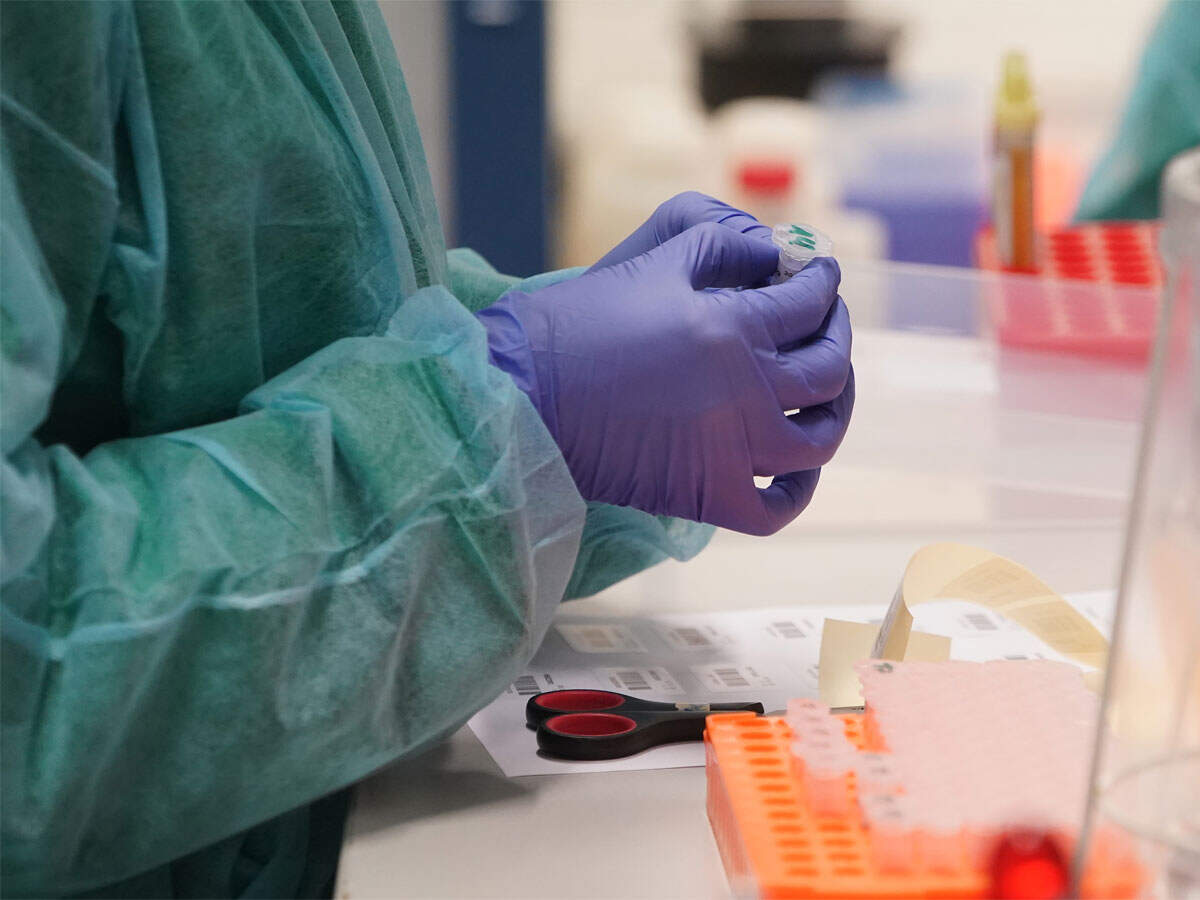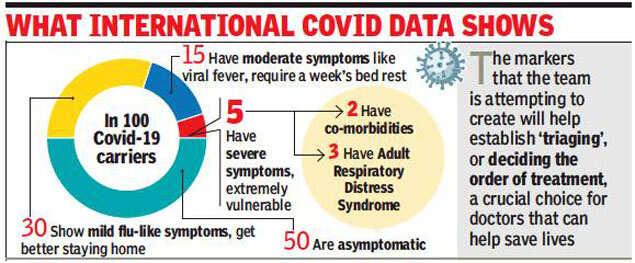- Diagnostics
- 2 min read
Kolkata doctors mine data, search for predictive treatment
If smartly managed, officials feel that the healthcare system of the state can manage 1 lakh Covid-19 patients with 1,000 ventilators and prevent the situation from going out of hand. The markers that the team is attempting to create will help establish ‘triaging’, or deciding the order of treatment, a crucial choice for doctors that can help save lives.
Kolkata doctors mine data, search for predictive treatment
If smartly managed, officials feel that the healthcare system of the state can manage 1 lakh Covid-19 patients with 1,000 ventilators and prevent the situation from going out of hand. The markers that the team is attempting to create will help establish ‘triaging’, or deciding the order of treatment, a crucial choice for doctors that can help save lives.

The group — of around 10 doctors from designated Covid-19 hospitals, who have come together to form a data analysis team — has devised a chart for nursing staff in Covid hospitals to note down each patient’s vital parameters, which will then be electronically fed into the system. “As the size of data progressively increases, the team will attempt to identify markers from it that can act as a warning that the patient’s condition is about to deteriorate and will require a higher grade of care,” explained a health official.
The markers will become important if the number of patients in India — and Kolkata — increases, like in some other countries. In several of those countries, makeshift hospitals had to be set up overnight, as the existing healthcare capacity was overwhelmed.
Though Bengal has beds and healthcare workers in reserve now, they may prove inadequate if numbers grow exponentially. “We cannot afford to get overwhelmed,” the official said.
“While doctors and nurses cannot be created overnight, paramedics can be trained to monitor parameters, like c-reactive protein (CRP) test, lymphocyte count, creatinine levels, serum glutamic pyruvic transaminase (SGPT), and heart and respiratory rate, in Covid-19 patients admitted to the general ward. They can be taught to compare the data with markers that are provided and alert doctors when a patient’s parameters hit a marker. This will mean an upgrade in the patient’s care. Doctors can take over from that point,” he explained.
The team is also analyzing data from several sources regarding the number of cases of severe adult respiratory illness (SARI) and influenza like illness (ILI), along with cases of Covid-19, from every nook and corner of the state to help plan immediate action of increased surveillance and healthcare resource allocation in specific regions.



COMMENTS
All Comments
By commenting, you agree to the Prohibited Content Policy
PostBy commenting, you agree to the Prohibited Content Policy
PostFind this Comment Offensive?
Choose your reason below and click on the submit button. This will alert our moderators to take actions